Current events mean more and more people are starting to wear face masks, for their own protection and the safety of those around them. There’s just one problem: those of us wearing glasses can encounter fogging on their glasses when wearing a mask, depending on how it is worn and the type of mask and glasses.
This is a fact of life when wearing glasses; they can occasionally cause your lenses to fog up. Temperature changes, protective facial equipment, and winter gear are all common causes.
Wearing a protective face mask can mean struggling with foggy glasses, and it’s enough of a problem that you’re no doubt looking for a solution. Thankfully, there are a bunch of different things you can try. One of them is bound to work, right?
Understanding Why Glasses Fog Up
Glasses fog up for one reason. That reason is a temperature differential. If you’re outside on a cold day and go inside to a warm and humid room, your glasses will fog up as water vapor in the air condenses on the cold lenses.

The other contributing factor, which masks and other facial equipment cause, is your breath. The mask you wear directs your breath upwards rather than outwards. Your breath is also quite moist because the inside of your mouth and lungs are moist. The warm, moist air you breathe out encounters the comparatively cool surface of your glasses and condenses there. The droplets that form on your glasses stay there because of surface tension and need to be brushed off or let to evaporate depending on the circumstances.
The trouble being, of course, that you can’t really stop breathing. You can wipe the moisture off the lenses, but your breath will just re-condense more moisture there.
There are a lot of different ways to try to inhibit this effect from different angles. Some work differently depending on the kind of mask you’re wearing – like the difference between a surgical mask or a full face-protecting shield – and some require the use of specific chemicals. Try different solutions until you find one that works well enough for you. That’s why we’re providing as many as we are, after all.
One option that isn’t really an option, but which we find worth mentioning, is adjusting your breathing. With a slight adjustment to how you breathe out, you can direct your breath downward instead of upward or outward, which can minimize how much breath makes it to your lenses to fog them up. It’s not perfect, though, and it can be uncomfortable and stressful on your jaw muscles, so it’s not a good solution. Still, you can combine it with other options on this list and make them all more effective.
Option 1: Soap and Water
Washing your glasses might not seem like it would do much, and indeed, it’s not the cleanliness that we’re after here.
Immediately prior to putting on your mask, wash your glasses. Use soap and water to wash them, and shake off the excess rather than wiping with a cloth. Let them air dry, or gently dab them with a soft lint-free cloth.
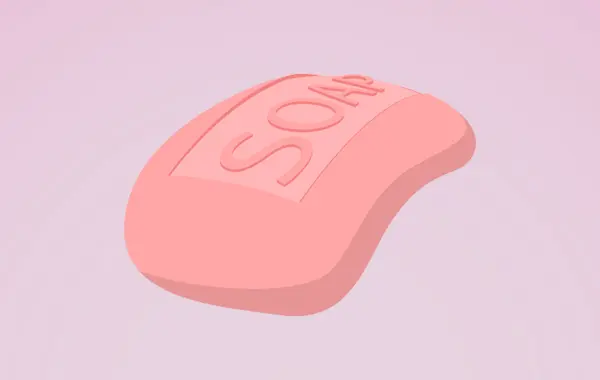
The goal here is to get a thin, invisible layer of soap on your lenses. This will prevent moisture from accumulating on your lenses.
Why does this work? It’s a property of soap and water interacting. Water, in its pure or mostly-pure state, has a high level of surface tension. We’ve all seen times where water builds up on a surface where the water should spill over the surface, but surface tension holds it in place. It’s a core element to bar and party tricks and some cool photography.
Soap, when added to water, breaks the surface tension. There’s a complicated scientific reason behind it, but suffice it to say that’s what it does. By leaving a thin layer of soap on your glasses, it makes it much harder – though not entirely impossible – for moisture to condense on the lenses.
The soap will gradually deteriorate throughout the day and you may need to reapply this treatment every few hours, though you may not be wearing a mask for that long at a time, depending on what you’re doing. So it’s an effective solution, but not a long-term solution.
Another similar product that can have the same effect is shaving cream. A tiny dab of shaving cream – which foams up enough to make a little go a long, long way – will be able to coat your glasses with a thin layer of surfactant that prevents moisture from building up on your glasses in the first place.
Option 2: Properly Seal Your Mask
This isn’t an option for all masks, but it’s an important part of wearing a mask for many people.
If your mask is a face-fitting N95 mask or higher, one of the keys to proper function is a snug fit against your face. As mentioned up above, the primary mechanism by which your glasses fog up is moisture from your breath. By making sure your mask is snug against your face and sealed, your breath can’t move up, it only moves through the filter. If it’s not moving up, it’s not exposing your glasses to moisture.
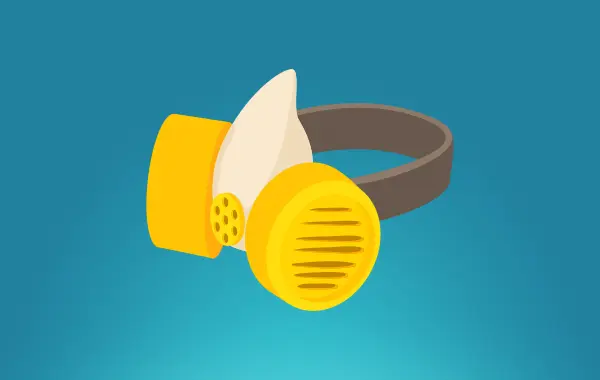
Incidentally, this is why proper mask fitting is an OSHA requirement, and why many healthcare workers with beards are now shaving them to ensure a proper fit.
If your mask isn’t a form-fitting N95 – such as a paper or cloth surgical mask – you should check to see if the mask has a metal bar along the top. This small metal bar is meant to be pinched across the bridge of your nose.
When you pinch this metal bar, it snugs the top of the mask against your face and further minimizes the amount of breath you let up through the top of the mask. It might not fully prevent your glasses from fogging up, but it may help minimize it.
Now, we mentioned “primary mechanism” because (in some circumstances) your own face can generate enough of a temperature differential and moisture (from sweat) to fog up glasses without your breath involved at all. In busy healthcare situations, this is pretty common. In these situations, minimizing your breath will help, but it won’t eliminate the issue, so you’ll want to try a different option as well.
Option 3: Use a Tissue
This is primarily an option for paper or cloth facial masks that don’t seal around your face and is another way to try to minimize the moisture that flows from your breath upwards towards your glasses. It’s a tip that comes from Japanese folks who are more experienced with wearing masks in times of crisis.
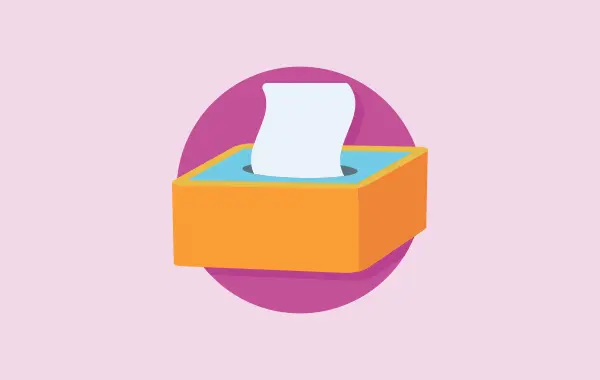
Take a single plain tissue and fold it up, and put it beneath the top edge of the mask before putting the mask on and (if possible) pinching it down. This provides two benefits.
The first benefit is that, as an absorbent cloth, the tissue will help block and absorb the moisture from your breath that would otherwise pass upwards and fog up your glasses. The second benefit is that it provides a bit of softer padding than the inside of a mask typically provides, making it a bit more comfortable to wear.
Option 4: Use a Commercial Anti-Fog Chemical
There are a handful of different anti-fog treatments you can purchase to use on your glasses. These tend to last a lot longer than soap and water, but they can be irritating to apply and are, of course, more expensive than just soap and water.
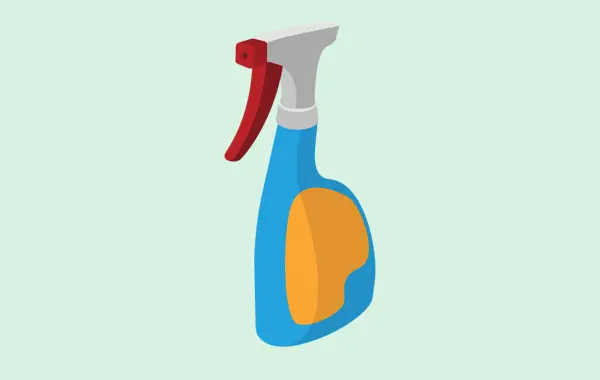
Cat Crap is one such product, broadly recommended by hunters and outdoorsmen. It’s a simple-to-apply goo that you just rub on and rub off to leave an invisible anti-fog coating on your glasses. It’s specifically made for glasses and comes in a small, easy to transport container.
Rain-X is another product that is typically aimed at vehicle windshields and mirrors but can be used on any glass surface you don’t want to fog up. It’s less convenient to carry around and use as needed, but it tends to last for a while because it’s made for resistance to UV degradation and exposure to the elements.
There are also dozens of other products out there you can find on Amazon and in local sporting goods stores. They all work in pretty much the same way; you apply them and wipe them off, leaving an invisible coating that breaks up water surface tension the same way soap does. However, they last a little longer because it’s formulated to stick around.
Option 5: Fold Down the Top of Your Mask
This is another tip that comes from practiced Asian mask-wearers. When wearing paper masks, specifically the kind that doesn’t have metal strips to pinch across your nose, you can often just fold the top fifth of the mask down. This puts a little more space between the top of the mask and your glasses and gives more room for your breath to escape.

Now, we don’t normally recommend this practice. Reducing the size of and seal of a mask makes that mask less protective. The more of your breath that escapes, the more potential you have to infect people around you.
Option 6: Give it a Spit Shine
This is another potentially less than ideal option. Saliva is not just water, and indeed it has some of the same properties as soap or anti-fog sprays, in that it inhibits the formation of water droplets on the lenses of your glasses. All you really need to do is drip a little saliva on a cloth or tissue and “clean” your glasses with it, then let it dry.

Obviously, you don’t want to do this while you’re eating, and you’ll want to use a lint-free cloth to avoid scratches and lint particles stuck to your glasses. Also, we strongly advise against actually licking your glasses – all kinds of gunk builds up on them throughout the day, and that’s probably not the kind of stuff you want in your mouth.
By the same token, this is basically the opposite of sanitary practices. While you’re not exactly spreading infections to others or exposing yourself to more external infection, it’s still not sanitary to do. It’s an option of last resort if you have nothing else around, not even soap and water, and you absolutely need your glasses to remain clear.
Snorkeling instructors recommend this for first-timers who are frustrated by their goggles fogging up – simply spitting a little into your goggles and smearing it around keeps them from fogging up. Sounds gross and silly, but it works well enough for snorkeling guides to recommend it.
Option 7: Consider Contacts
Another option you can consider is to get rid of the glasses entirely. If you’re not wearing glasses, they can’t fog up on you, right?
This isn’t a good choice if the glasses you’re wearing are safety glasses, of course. You don’t want to remove protection in favor of vision. If you’re just wearing glasses for prescription vision correction, though, switching to contacts might be a good idea.
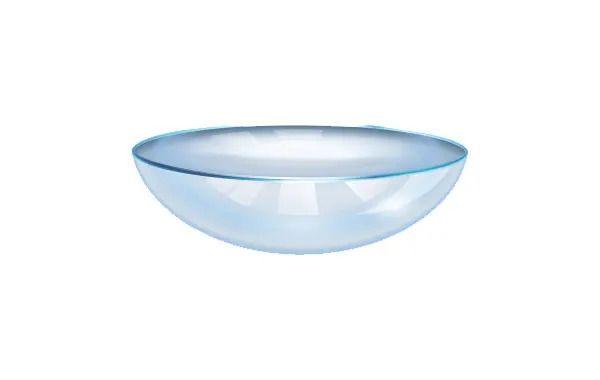
Now, it might be difficult finding an optometrist to get a contacts prescription, but if you can contact your existing eye doctor and get your prescription written down for you, you can submit it to online services and have contacts produced and shipped to you.
Using contacts for the first time can be tricky, but there are plenty of tips online to help you. You also will want to make sure to thoroughly wash your hands before applying or removing contacts, to avoid spreading germs to your face more than you have to.
Option 8: Consider Lasik Surgery
A final option, eye surgery can be a viable and permanent solution to needing glasses in the first place. Corrective surgery doesn’t necessarily need to be expensive, though it will involve a period of healing.
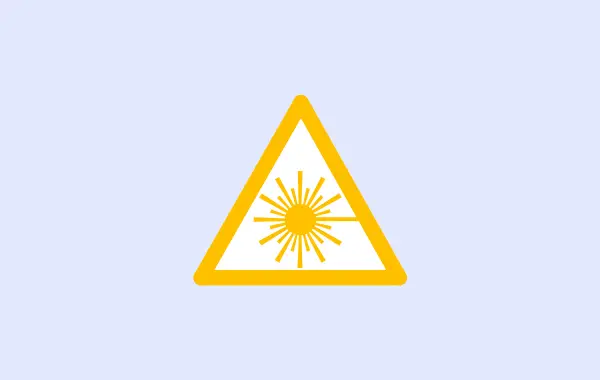
Unfortunately, there are drawbacks. Not everyone wants to go through eye surgery, of course, even if Lasik is a minimally invasive procedure. It may also be difficult to schedule in the coming months, for obvious reasons. And, of course, the recovery time can put you out of work at a critical time for your job, if your job hasn’t sent you home already.
Lasik is a bit of an extreme fix for such a small problem, so you’d probably be better off with some of the methods mentioned above! 🙂
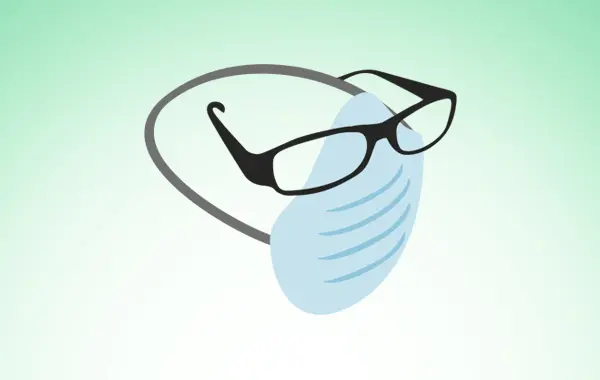
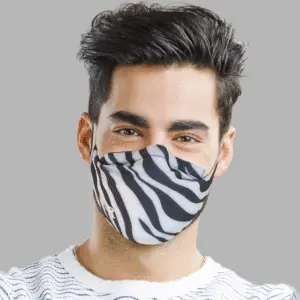

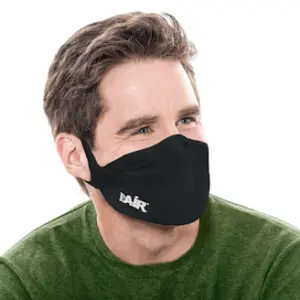
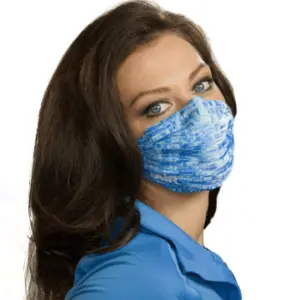

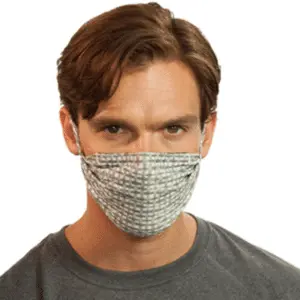
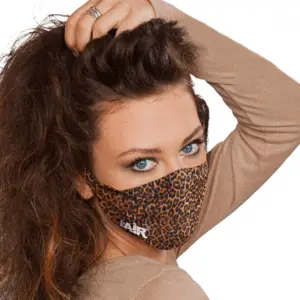
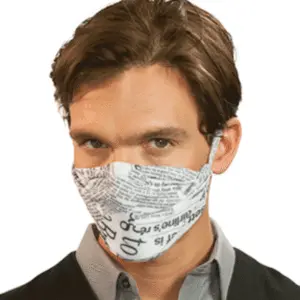



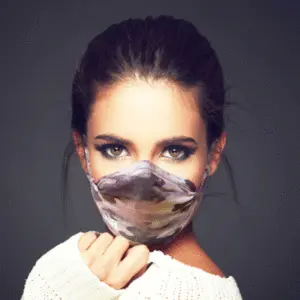
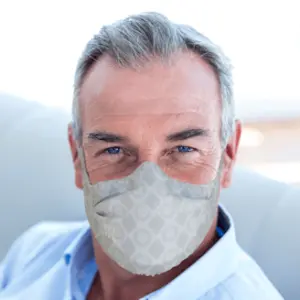



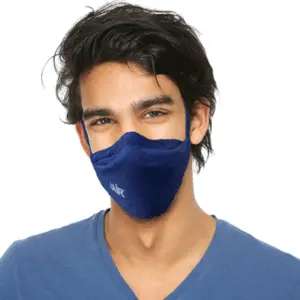

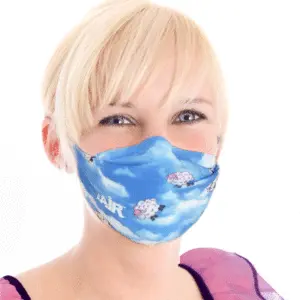
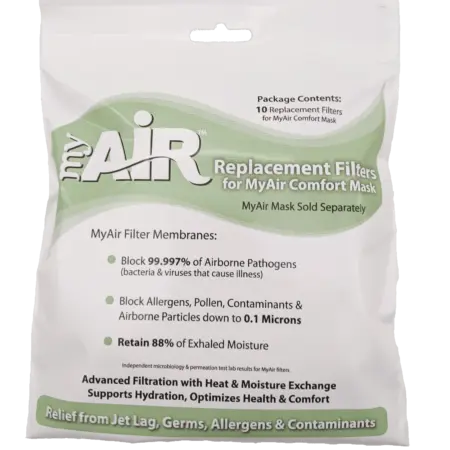
Sooo, how do I purchase masks?
Hi Phil –
As you might imagine, we’ve been overwhelmed by demand. But we’ve set up a special website location with a limited supply of MyAir Masks and filter replacement packs. You can go to that site here: https://ellessco.com/rpcustxpy.
We also expect to have a broader selection available on our website in the latter part of June.
Thanks!